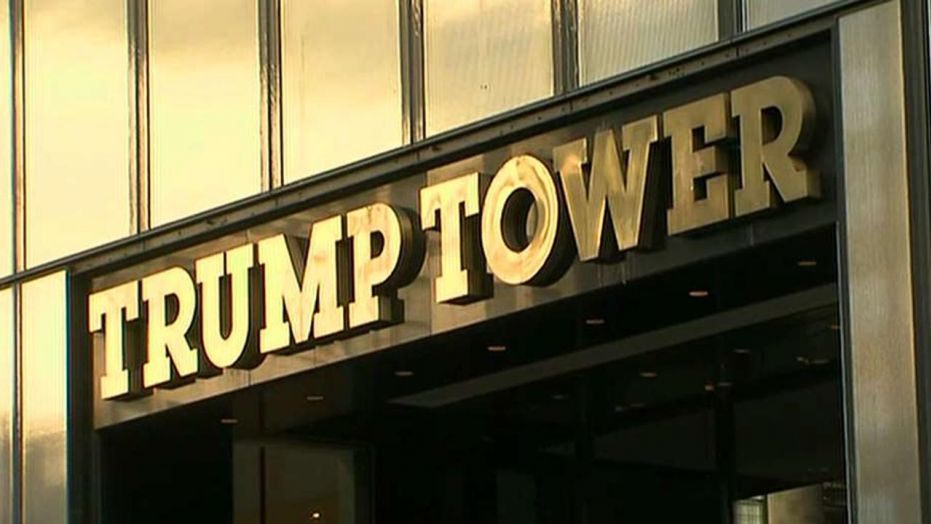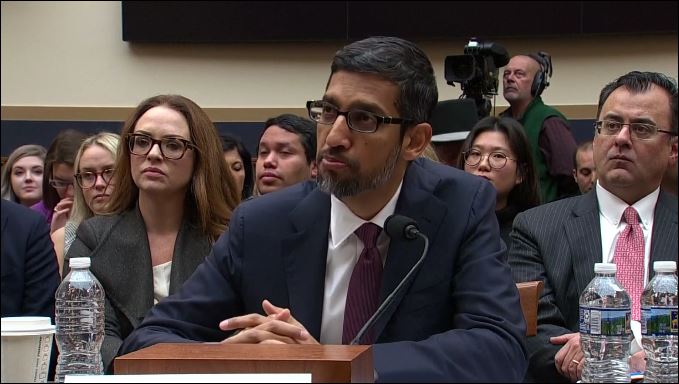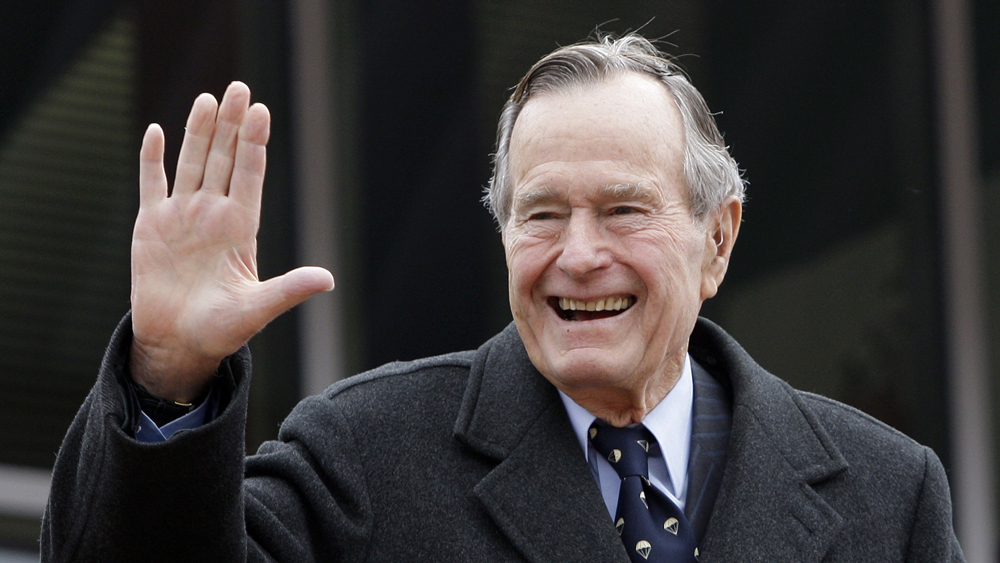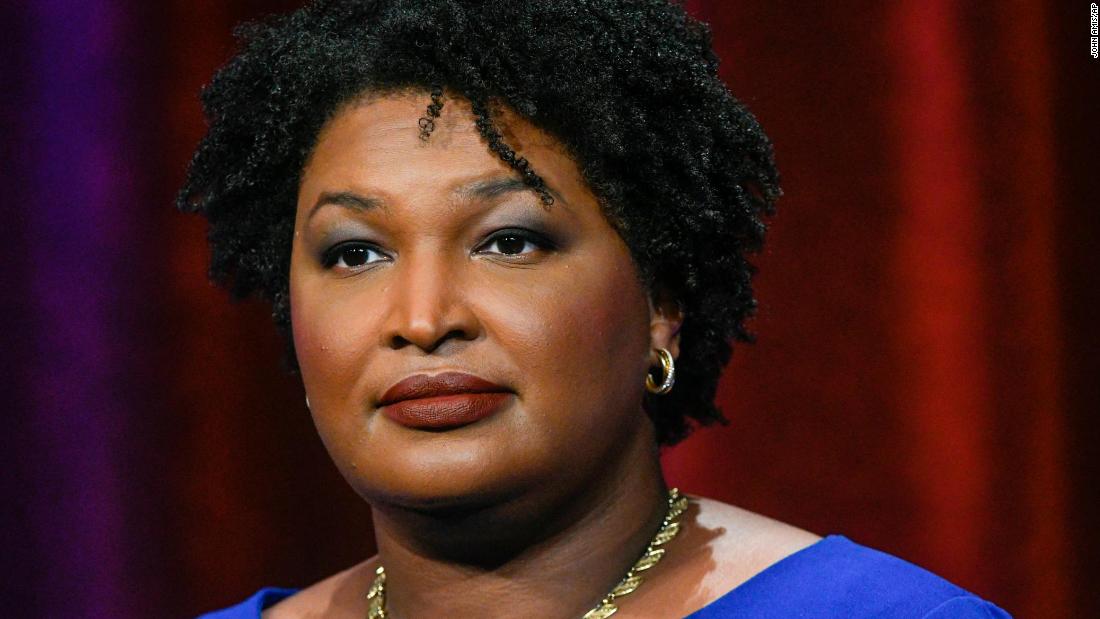According to census data released this month, 3.5 million Americans were able to raise their chins above the poverty line last year.
More than seven years after the recession ended, employers are finally being compelled to reach deeper into the pools of untapped labor, creating more jobs, especially among retailers, restaurants and hotels, and paying higher wages to attract workers and meet newminimum wage requirements.
“It all came together at the same time,” said Diane Swonk, an independent business economist in Chicago. “Lots of employment and wages gains, particularly in the lowest-paying end of the jobs spectrum, combined with minimum-wage increases that started to hit some very large population areas.”
Poverty declined among every group. But African-Americans and Hispanics — who account for more than 45 percent of those below the poverty line of $24,300 for a family of four in most states — experienced the largest improvement.
Government programs — like Social Security, the earned-income tax credit and food stamps — have kept tens of millions from sinking into poverty year after year. But a main driver behind the impressive 1.2 percentage point decline in the poverty rate, the largest annual drop since 1999, was that the economy finally hit a tipping point after years of steady, if lukewarm, improvement.









